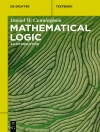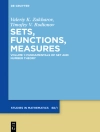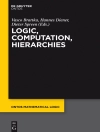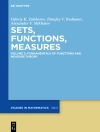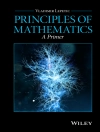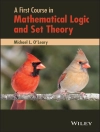The theory of the square of opposition has been studied for over 2, 000 years and has seen a resurgence in new theories and research since the second half of the twentieth century. This volume collects papers presented at the Sixth World Congress on the Square of Opposition, held in Crete in 2018, developing an interdisciplinary exploration of the theory. Chapter authors explore subjects such as Aristotle’s ontological square, logical oppositions in Avicenna’s hypothetical logic, and the power of the square of opposition to solve theological problems regarding predestination and theodicy. Other topics covered include:
- Hegel’s opposition to diagrams
- De Morgan’s unpublished octagon of opposition
- turnstile figures of opposition
- institutional model-theoretic treatment of oppositions
- Lacan’s four formulas of sexuation
- the theory of oppositional poly-simplexes
The Exoteric Square of Opposition will appeal to pure logicians, historians of logic, semioticians, philosophers, theologians, mathematicians, and psychoanalysts.
Inhoudsopgave
The Square of opposition: Past, Present and Future.- Division of Entities and Foundations of Reality: Aristotle’s Ontological Square.- Logical Oppositions in Avicenna’s Hypothetical Logic.- Incommensurability and Inapplicability of the Squares of Opposition.- The square of opposition as a framework for Stephen Langton’s theological solutions.- The limits of the square – Hegel’s opposition to diagrams in its historical context.- Augustus De Morgan’s Unpublished Octagon of Opposition.- A Bitstring Semantic for Calculus CL.- Logical Diagrams, Visualization Criteria, and Boolean Algebras.- Turnstile Figures of Opposition.- The Naturalness of Jacques Lacan’s Logic.- On Modal Opposition within some Modal Discussive Logics.- On the Transformations of the Square of Opposition from the point of view of Institution Model Theory.- Color-Coded Epistemic Modes in a Jungian Hexagon of Opposition.- Many-valued logical hexagons in a 3-oppositional trisimplex.- Tri-Simplicial Contradiction: the Pascalian 3D Simplex and its Oppositional Tri-Segment.




